There are eight areas in the programme:
| 1. Language
At the elementary level the child gradually develops their skills at reading dealing with increasingly complex texts and reading comprehension exercises. Children further develop their handwriting skills and move onto writing increasingly complex compositions, including creative writing. The curriculum also focuses on spelling and the learning of parts of speech and grammatical terminology. Children are introduced to a wide variety of different text types such as poetry, fiction, non-fiction and classic literature. |
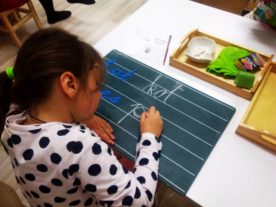 |
| 2. Mathematics
Children continue work with the golden bead material introduced at the preschool level and study the key areas of addition, subtraction, multiplication and division. As children are able to think more abstractly at this level, they start learning to solve mathematical problems using paper and pencil. Children also continue their study of geometry from preschool but at a more advanced level, learning about more complex shapes and how to compare and contrast the different features of the various forms. |
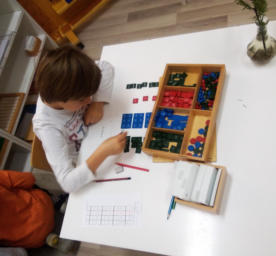 |
| 3. Geography
Children learn about physical geography, cultural geography and economic geography. They further develop their knowledge of different continents and countries started through puzzle maps at the preschool level. They learn about different continents and nations as well as differences in language, flags, food, plants, animals and climate, etc. As far as possible children learn first-hand about different countries from our international children, parents and teachers. |
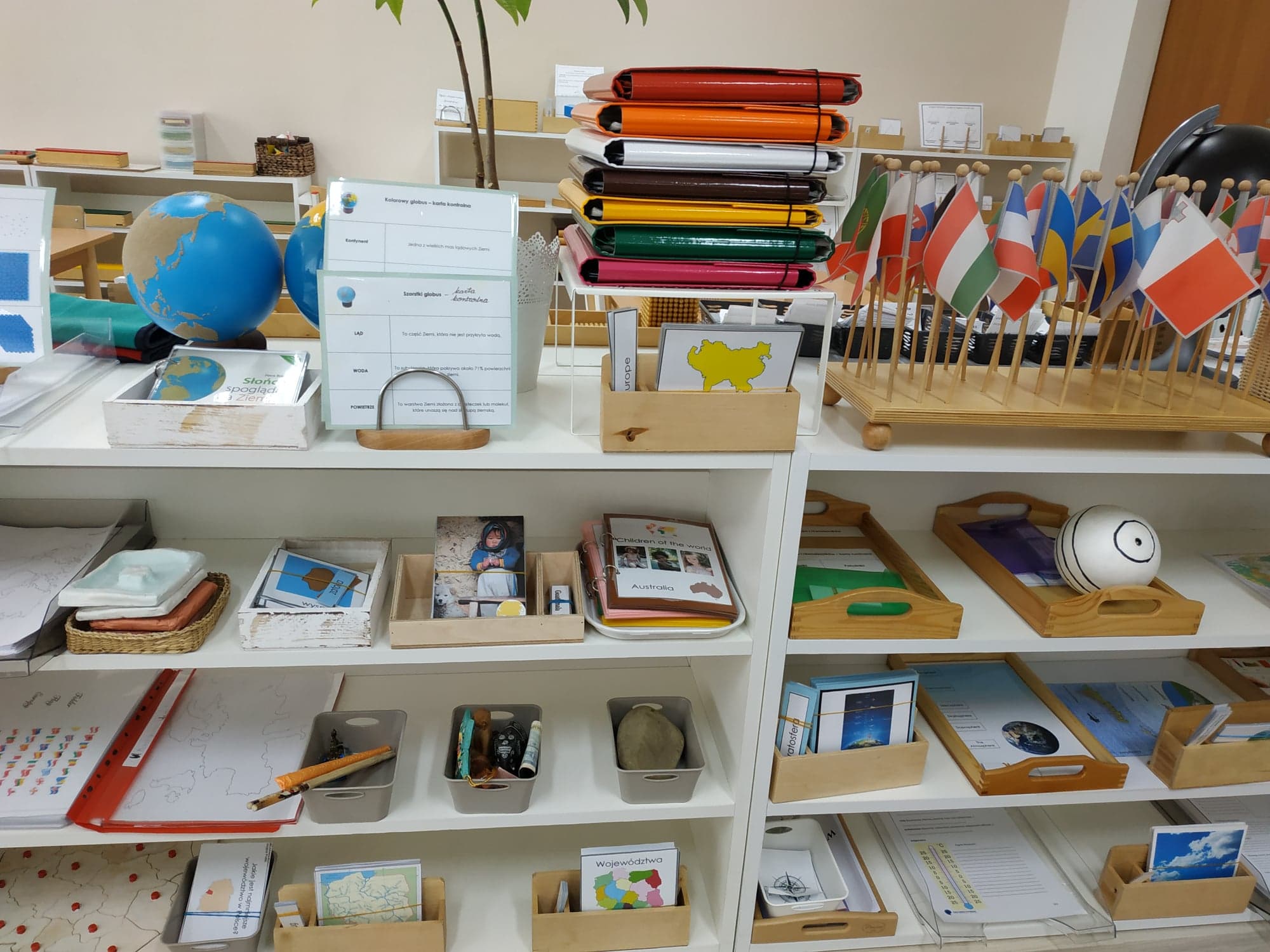 |
| 4. History
History begins with the study of time through clocks, calendars and timelines. Each year the child learns about different periods in the history of the world and Poland as well as key events and people and social history. Children learn about fundamental human needs such as shelter, transportation, food and clothing and how these needs were answered at different times and in different cultures. |
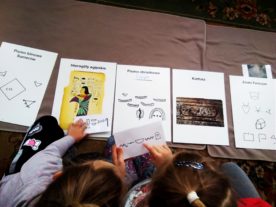 |
| 5. Science
Children learn about botany: identifying, naming and labelling the parts of plants, trees, leaves, roots and flowers as well as zoology: identifying, naming and labelling the parts of humans and animals such as birds, fish and insects. Matching cards are used to learn the names of the parts of plants and animals. Charts are used to help learn about the classification of the plant and animal kingdoms. Children begin study of ecology, evolution and life cycles. In the later years of the elementary programme they are introduced to the study of chemistry and physics. |
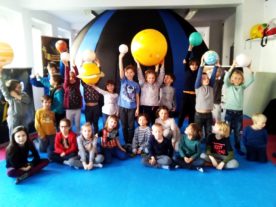 |
| 6. Art
Children at this level continue to be very creative. They study drawing, painting and craft. Art projects are frequently integrated with other areas of study. |
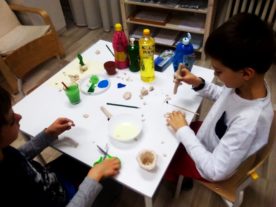 |
| 7. Music
Children are exposed to a wide variety of musical styles as well as different musical instruments. Children are regularly encouraged to sing in addition to studying the history of music and developing an appreciation of music. |
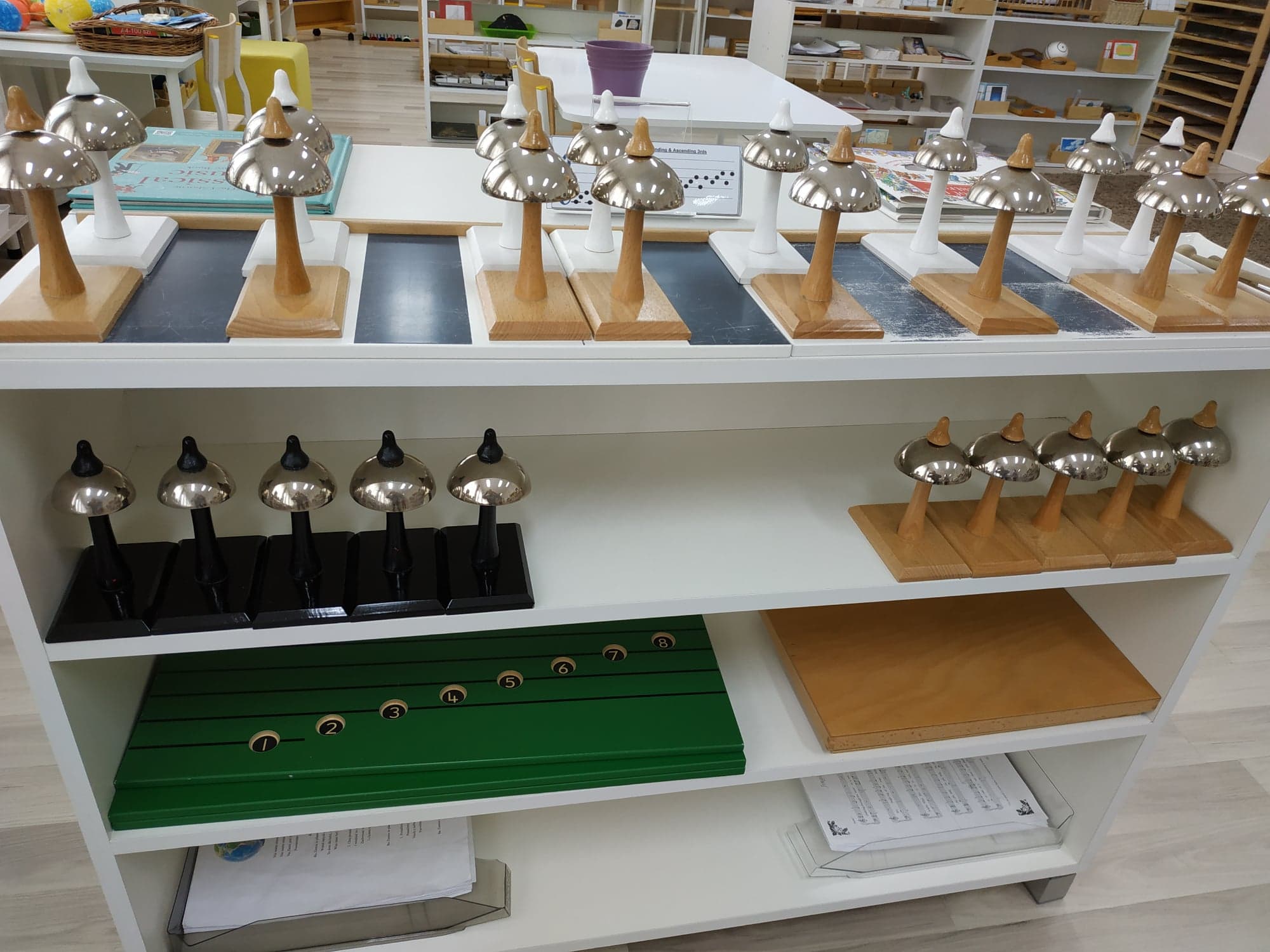 |
| 8. Physical Education
Children have regular physical education classes as well as gymnastics lessons in addition to their daily outdoor time. This helps them develop a strong level of fitness and sets them up to learn good health and exercise habits for life. |
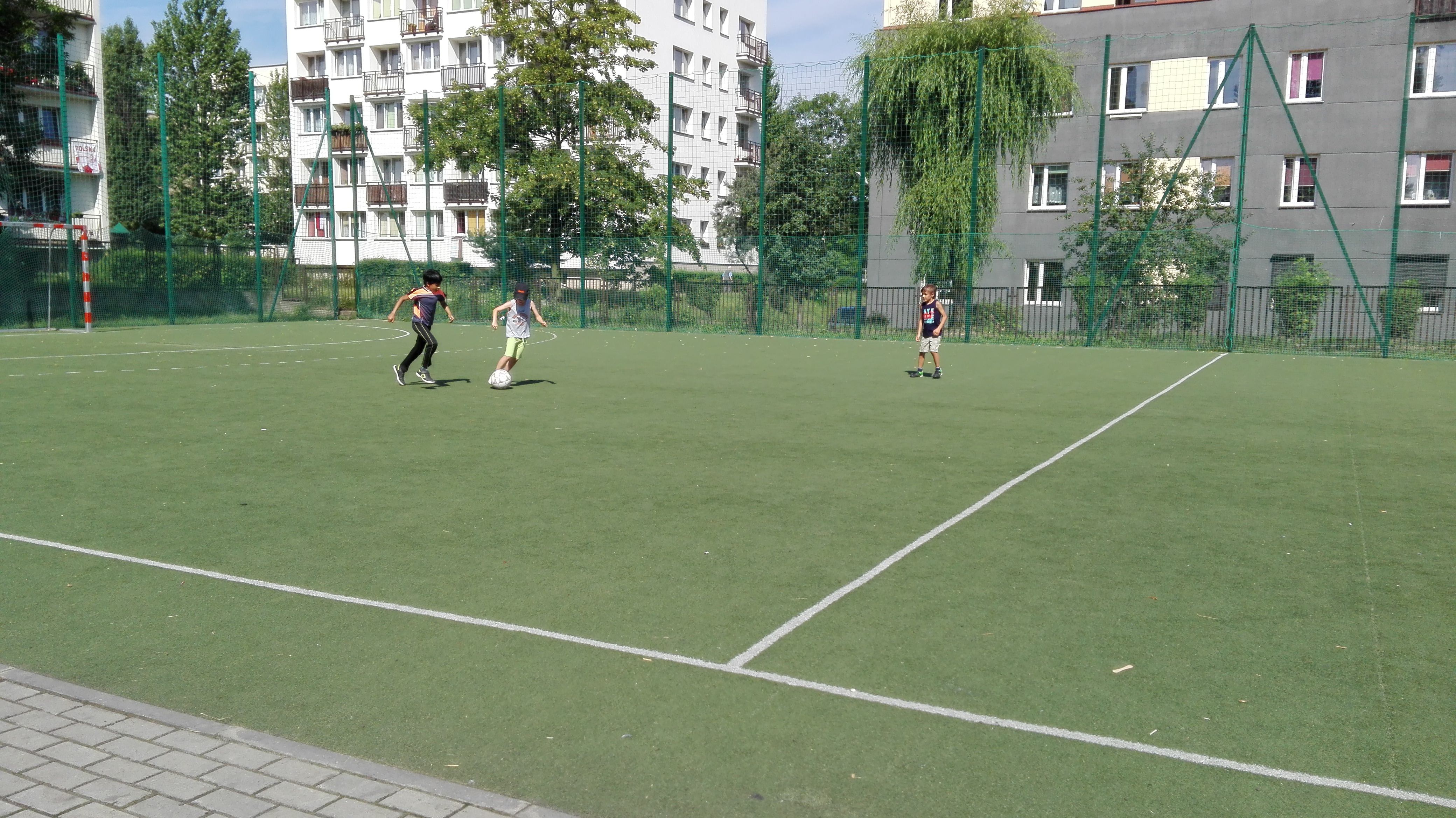 |
‘Our aim is not merely to make the child understand, and still less to force him to memorize, but so to touch his imagination as to enthuse him to his innermost core.’
Maria Montessori










